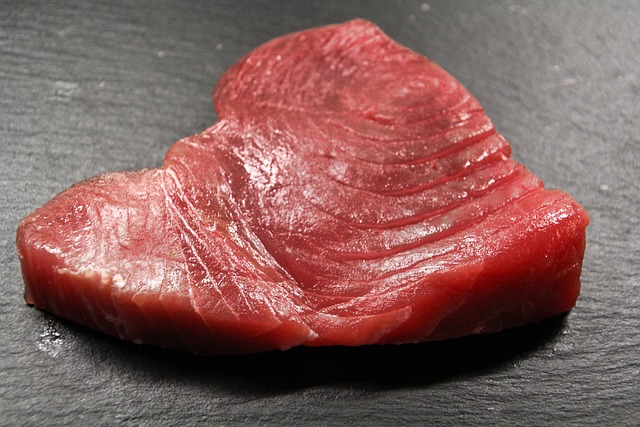W8 Tuna Update: Turkish Tuna Industry Thrives on Exports, Vietnam Navigates Challenges in the Middle East

Turkish Tuna Farming Industry Flourishes with Expanding Exports and Global Interest
The Turkish tuna farming industry has witnessed significant growth in recent years, mainly driven by increasing demand for tuna, particularly bluefin, in major markets like Japan, China, and South Korea. Türkiye's unique approach of capturing wild tuna and raising them in pens for a period before harvest allows for the production of high-quality tuna that closely resembles its wild counterpart, catering to specific consumer preferences. Streamlined export procedures and efficient processing methods, including immediate freezing at -70 degrees Celsius, ensure the quality and freshness of exported tuna.
Over the past decade, Türkiye's tuna exports to Japan have tripled, accounting for nearly 20% of Japan's total tuna imports in 2022. However, high levels of bluefin tuna stock in Japan led to a price decline in 2023. According to data from the Japanese government, Türkiye’s exports of exclusively bluefin tuna to Japan amounted to approximately 5 thousand metric tons (mt) in 2022, with a total value of USD 92 million. Growing interest from China and South Korea presents new opportunities for further export diversification.
The industry acknowledges the finite nature of the resource and the importance of adhering to quotas that the International Commission for the Conservation of Atlantic Tunas (ICCAT) established. Türkiye’s relatively new membership in ICCAT and shorter coastline compared to European competitors disadvantage it in terms of allotted quotas. Türkiye's current fishing quota stands at 2.60 thousand mt, a significantly smaller allocation compared to the European Union's (EU) allowance of 21 thousand mt, within which Türkiye's competitors, such as Spain and Malta, operate. The quota disparity highlights Türkiye’s limited fishing capacity within the ICCAT framework. Previously, when ICCAT imposed stricter regulations in 2010, Türkiye saw a substantial reduction in its quota, which plummeted to a mere 419 mt. During that period, Turkish companies established tuna farming operations in neighboring North African countries with available quotas.
Geopolitical Tensions and Halal Certification Challenges Impact Vietnamese Tuna Exports to the Middle East
Vietnam's tuna exports to the Middle East, its fourth largest market, faced significant fluctuations throughout 2023. This region currently contributes nearly 10% of Vietnam's total tuna export revenue. Vietnam's tuna exports to the region experienced a continuous decline in the first ten months of 2023, attributed partly to the combined effect of economic instability and the Israeli-Palestinian conflict. Seeking to mitigate challenges in established markets, Vietnamese businesses have increasingly focused on the Middle East. However, this diversification strategy comes with complexities, as some countries within the region, like Egypt and Saudi Arabia, experienced significant year-over-year (YoY) export declines (47% and 78%, respectively).
Despite the challenges, countries like Israel, Lebanon, the United Arab Emirates (UAE), and Türkiye witnessed a YoY increase in Vietnamese tuna exports in 2023 (37%, 17%, 23%, and 73%, respectively), indicating the potential for further growth. Stringent Halal certification requirements present a critical hurdle for Vietnamese exporters seeking entry into the Saudi Arabian market, a key player in the region. The Saudi Food and Drug Administration (SFDA) has recently emphasized that exporters must utilize Halal certificates issued by authorized bodies to avoid product detention or return.
